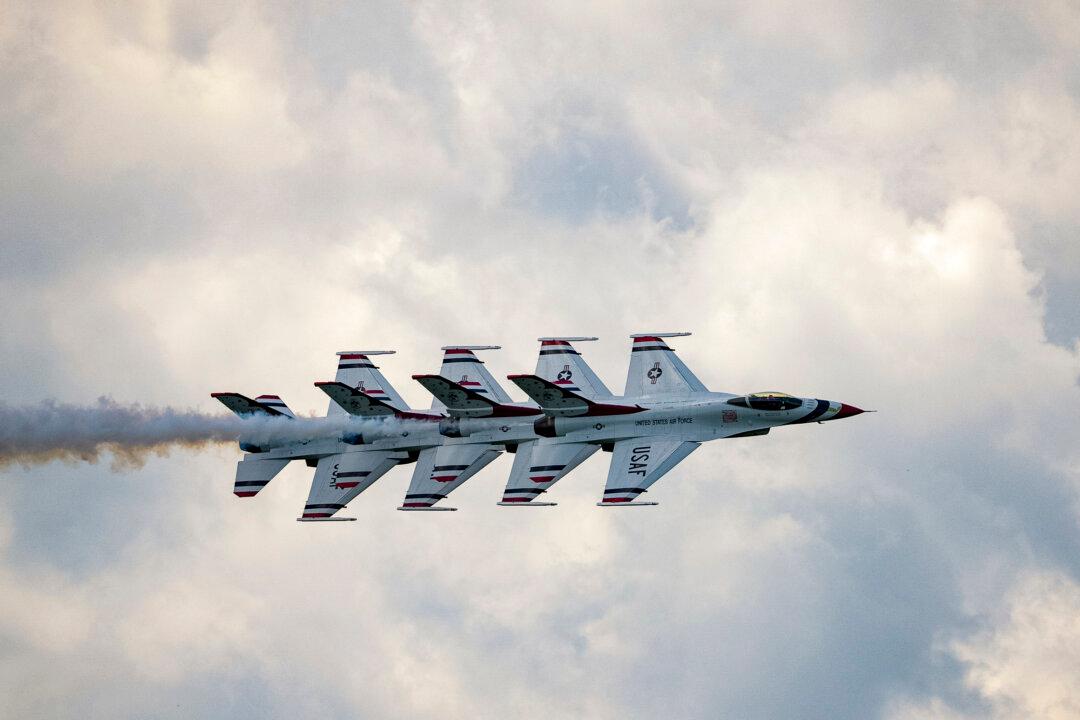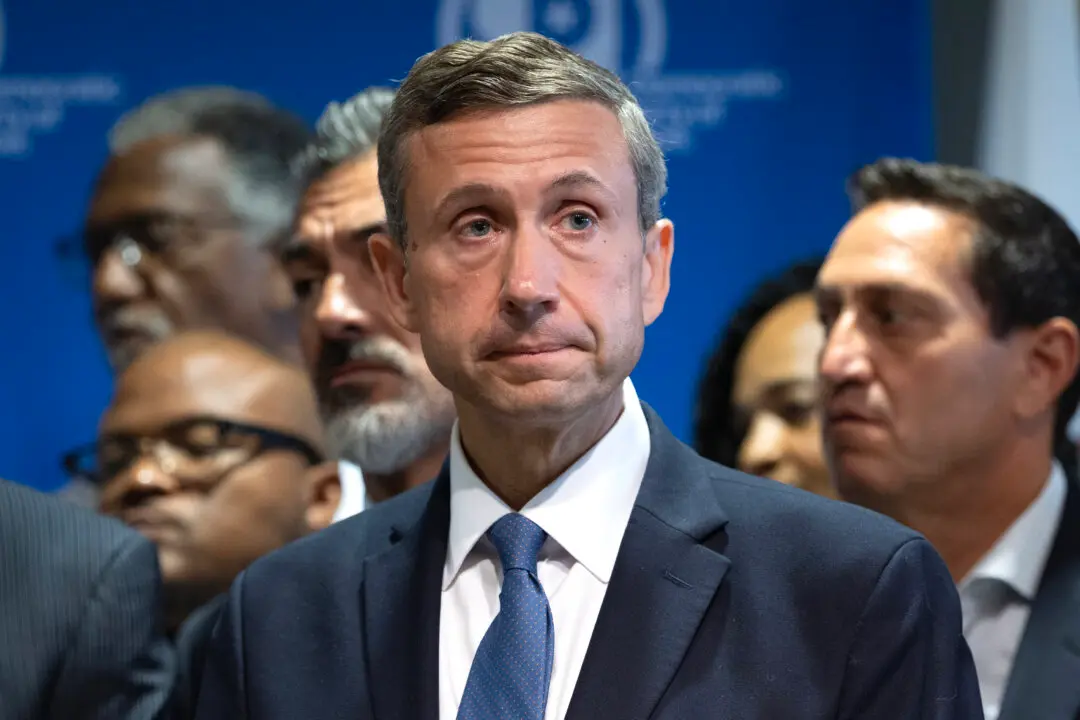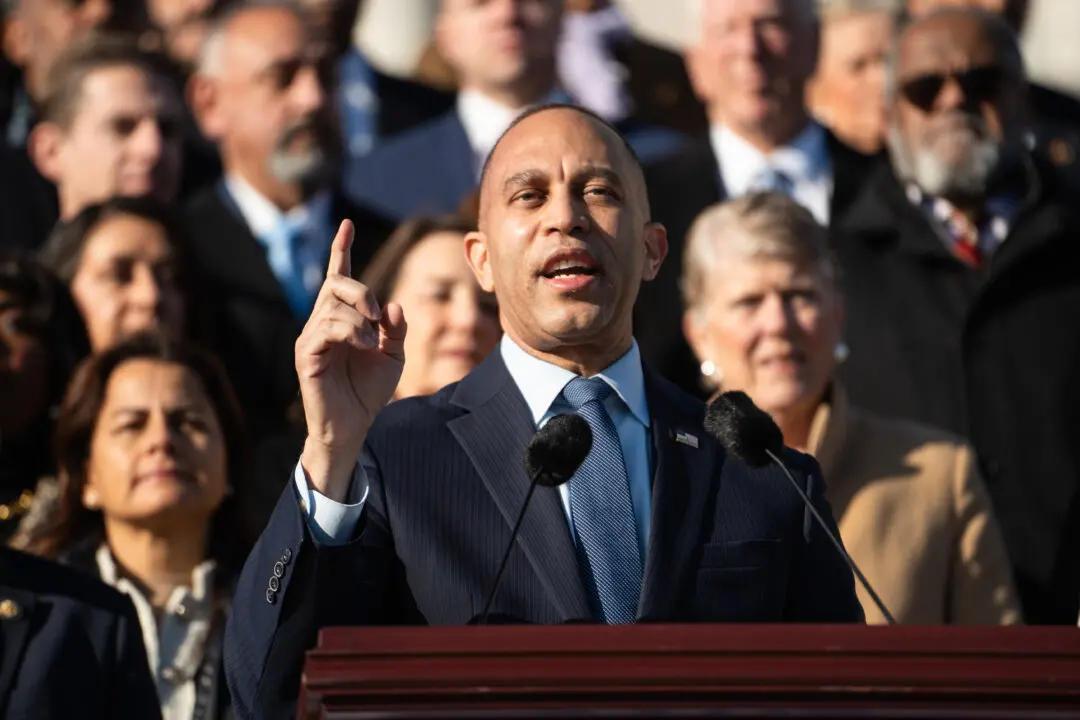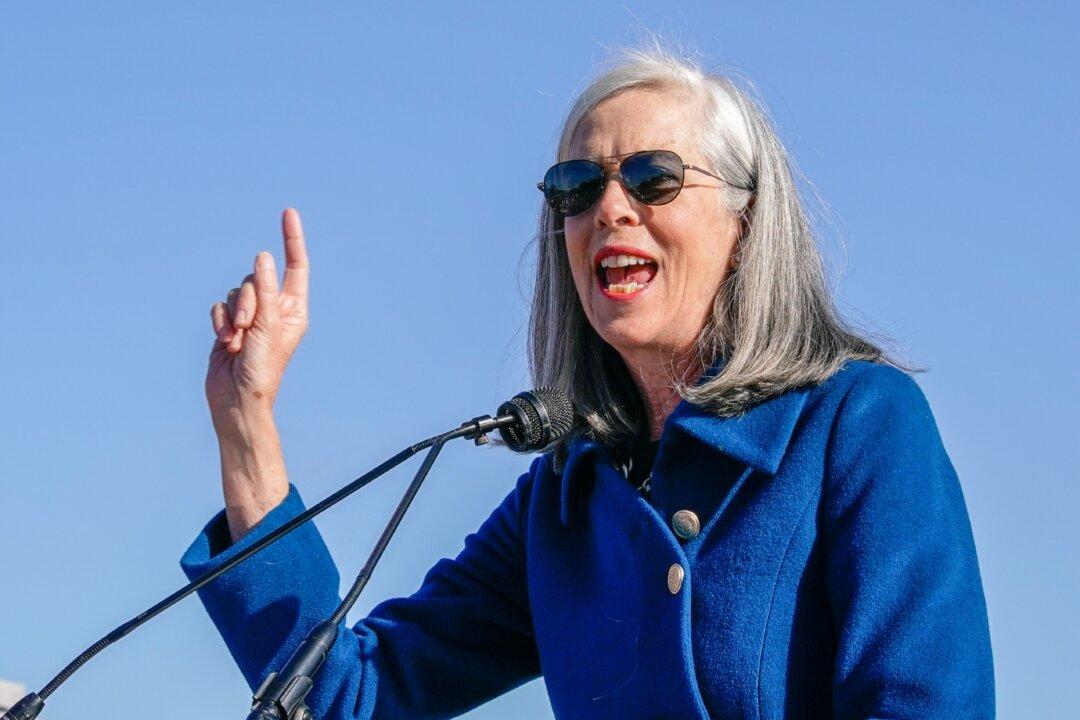In his final think tank engagement before President-elect Donald Trump’s inauguration next week, Secretary of the Air Force Frank Kendall discussed his vision for the Department of the Air Force in 2050, emphasizing the critical role of the Space Force in addressing future threats from China and Russia.
Speaking at the Center for Strategic and International Studies (CSIS) on Jan. 13, Kendall outlined the anticipated needs and capabilities of the Air Force and Space Force over the next 25 years.





